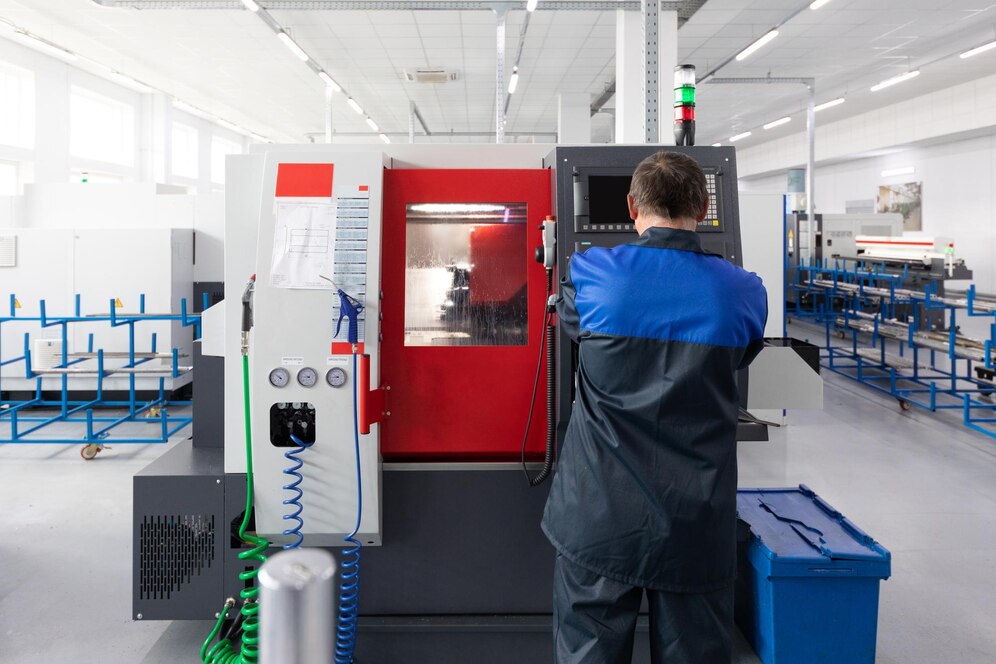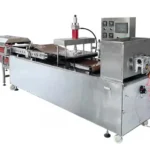How CNC Machines Have Revolutionized Woodworking and Metalworking

The world of woodworking and metalworking has undergone a massive transformation with the advent of CNC (Computer Numerical Control) machines. What once required painstaking manual labour, years of experience and an array of specialized hand tools can now be achieved with precision and efficiency through cnc machinery.
These machines have not only improved the quality of work but have also opened new doors for hobbyists, small businesses, and large-scale manufacturers alike.
The Rise of CNC Technology
CNC machining has been around since the mid-20th century, initially developed for the aerospace and automotive industries. Over time, advancements in computing and automation made CNC machines more accessible, allowing artisans, woodworkers, and metal fabricators to integrate them into their workflow. Today, CNC machines range from compact desktop units for hobbyists to large industrial systems capable of cutting through dense materials with extreme precision.
Precision and Consistency
One of the biggest advantages of CNC machines is their ability to produce highly precise and repeatable cuts. Unlike manual methods, where even experienced craftsmen can make slight errors, CNC machines follow digital designs to create exact shapes, carvings, and components with minimal deviation. This level of consistency is crucial in industries that require uniform parts, such as furniture making, aerospace, and automotive manufacturing.
Increased Efficiency and Productivity
Traditional woodworking and metalworking often involve multiple steps, from measuring and marking to cutting and finishing. CNC machines streamline these processes by automating tool movements, reducing setup time, and eliminating the need for constant human supervision. This allows businesses to produce high-quality products faster while minimizing material waste.
Expanded Creative Possibilities
CNC technology has expanded the creative possibilities for artisans and manufacturers. Intricate designs, complex carvings, and precise engravings that were once difficult or time-consuming to achieve manually can now be executed effortlessly. For example, CNC routers can carve elaborate wooden patterns for furniture, while CNC plasma cutters can create detailed metal sculptures with precision. This has led to an explosion of innovation in custom furniture, signage, jewelry, and artistic metalwork.
Accessibility for Hobbyists and Small Businesses
In the past, CNC machines were prohibitively expensive and required specialized knowledge to operate. However, modern CNC solutions, such as desktop CNC routers and compact milling machines, have made this technology more accessible than ever. Companies like Onefinity CNC provide user-friendly machines that empower hobbyists, makers, and small business owners to take their woodworking and metalworking projects to the next level. With the ability to work from digital files and software, even those with minimal experience can create professional-grade products.
Versatility Across Materials
Another key advantage of CNC machines is their ability to work with a wide range of materials. In woodworking, CNC routers can cut, engrave, and shape different types of wood, from soft pine to dense hardwoods. In metalworking, CNC mills and plasma cutters can handle materials such as aluminium, steel, and brass with ease. Some machines even support mixed-material projects, allowing artisans to combine wood, metal, acrylic, and composites to create unique and functional designs.
Reduced Waste and Sustainability
CNC technology contributes to more sustainable production practices by minimizing material waste. Traditional manual cutting and shaping methods often result in offcuts and mistakes that lead to excess scrap. Because CNC machines follow exact digital designs, they optimize material usage and reduce errors, leading to more efficient and eco-friendly production. Additionally, manufacturers can use software to simulate designs before cutting, further reducing trial-and-error waste.
The Future of CNC in Woodworking and Metalworking
As CNC technology continues to evolve, we can expect even more advancements in automation, artificial intelligence, and precision machining. Features such as real-time monitoring, smart sensors, and cloud-based design software are making CNC machines smarter and more efficient. The rise of affordable and user-friendly CNC options means that more individuals and businesses will be able to leverage this technology to push the boundaries of craftsmanship and design.
Conclusion
CNC machines have revolutionized woodworking and metalworking by offering precision, efficiency, and creative freedom. Whether for large-scale manufacturing or small-scale projects, these machines have made high-quality craftsmanship more accessible than ever. As technology continues to advance, the future of CNC machining promises even greater possibilities for makers, artisans, and industries worldwide.

The Hidden Business Power of Storytelling Through Books

Diamond Painting Apps & Digital Tools for 2025 Artists

Meeting Global Tastes: The Versatility of Commercial Tortilla Makers

Accelerating drug discovery through the DEL-ML-CS approach

AI in Marketing Is No Longer a Buzzword — It’s the Strategy

The Full Guide To Penetration Testing

Pixel 10 Pro Fold Case: Why Choose Aramid Fiber?

MT4 for Mac vs Windows: Which Version Works Better for Traders








